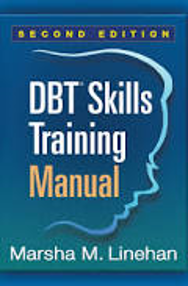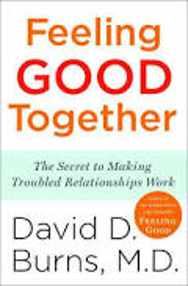Here is a link to my Facebook Live presentation "Healthy communications = Healthy Relationships" given on April 25, 2020. Enjoy!
www.facebook.com/madeleine.burkhart.3/videos/2761017757341881/?__xts__%5B0%5D=68.ARBTOz7CTu7VkEevxSrYGaBwBYgvCN3bnInPKUutjKxeS69ZNMDWoUquoeGLlim74i88bXRYI18yZq4ytS7YmJCiaNjgixaEsuEWoC01FRpDLJkdscL-IC9cNtX0pEcw8AAhpYPk_QL7Ao6GaUUKen-N2CEzZ--Te7VpslsV5aER_baP4WSiB9vbaZIY8nrbkrI12TOE8Mhfdh7dbO2qQegnWulAl12A7GlWKo7RYE4W_GZTzIdW9uQqF0nT8S2dVCwzU-T8XMfjxMalXv8e-Gg6bWCLvM9R055Etk8UUI9_2Qhb8bykKm5fA11Hj4lN&__tn__=-UK-R-R
www.facebook.com/madeleine.burkhart.3/videos/2761017757341881/?__xts__%5B0%5D=68.ARBTOz7CTu7VkEevxSrYGaBwBYgvCN3bnInPKUutjKxeS69ZNMDWoUquoeGLlim74i88bXRYI18yZq4ytS7YmJCiaNjgixaEsuEWoC01FRpDLJkdscL-IC9cNtX0pEcw8AAhpYPk_QL7Ao6GaUUKen-N2CEzZ--Te7VpslsV5aER_baP4WSiB9vbaZIY8nrbkrI12TOE8Mhfdh7dbO2qQegnWulAl12A7GlWKo7RYE4W_GZTzIdW9uQqF0nT8S2dVCwzU-T8XMfjxMalXv8e-Gg6bWCLvM9R055Etk8UUI9_2Qhb8bykKm5fA11Hj4lN&__tn__=-UK-R-R



 RSS Feed
RSS Feed
